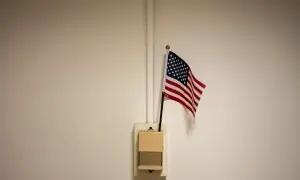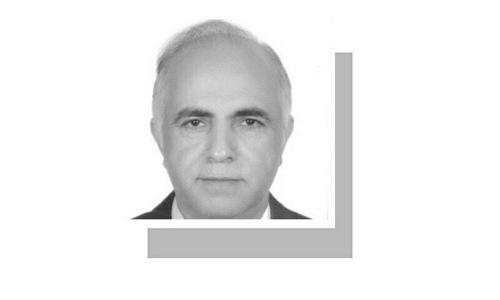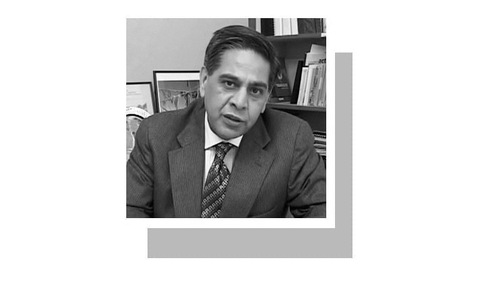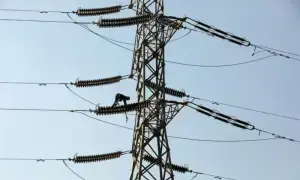ISLAMABAD: A United Nations commission has estimated that the intersection of aridity with projected temperature rise will result in increasing areas of concern for heatwaves in South and Southwest Asia with occurrence of distinct hotspots, and the present heatwaves in Pakistan and India are these hotspots.
The pre-monsoon period in South Asia is usually marked with excessively high temperatures, especially in May, but early heatwaves like this signal complex, compounding and cascading risks, says the UN Economic and Social Commission for Asia and the Pacific (UN-ESCAP).
Pakistan was in the grip of a heatwave on Friday, with parts of the nation previously scalded by temperatures of nearly 50 degrees Celsius as officials warned of acute water shortages and a health threat.
Scientists believe that early heatwaves are consequent of persisting north-south low pressure patterns that form over India during winters when a La Niña phenomenon occurs in the equatorial Pacific Ocean.
Major cities record temperatures in excess of 40 degrees, Jacobabad touches 50
In its sixth assessment report, the Intergovernmental Panel on Climate Change (IPCC), in its sixth assessment report, highlights that heatwaves and humid heat stress in South Asia are set to be more intense and frequent this century.
A recent study highlights that India is the most impacted country with largest heat exposure to country’s labour productivity. It loses labour productivity of more than 100 billion hours per year while the global sum is 220 billion.
Sizzling temperatures
“It’s like fire burning all around,” labourer Shafi Mohammad told AFP. He hails from a village on the outskirts of Jacobabad, which experienced 49.5 degrees Celsius on Friday, according to the Pakistan Meteorological Department (PMD).
Nationwide, the PMD alerted that temperatures were between 6oC and 9oC above normal, with Islamabad, Karachi, Lahore and Peshawar recording temperatures around 40oC on Friday.
“This year we have jumped from winter right into summer,” said PMD chief forecaster Zaheer Ahmad Babar.
Pakistan has endured heightened heatwaves since 2015, he said. “The intensity is increasing, and the duration is increasing, and the frequency is increasing,” he told AFP.
Published in Dawn, May 14th, 2022




































